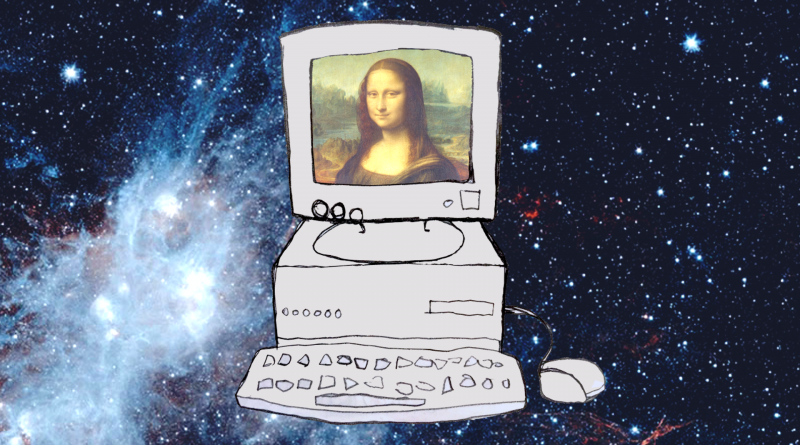Exploring Art from Home
Just because all events are banned, does not mean that art stops. Of course, art will exist for as long as people manage to exist. Being creative is a natural impulse that has been with us since we first started molding clay figures and painting on cave walls. At its best, viewing art can help you step outside of yourself. It’s beneficial to broaden your range of perspectives and emotions. Conversely, when you find art which does already match your own perspective and emotions, you feel warmly seen and known. Both functions are important to exercise, especially now. Therefore, I’m now directing you to a small sampling of art you can engage with online.
Looking at digital pictures of art is not the same experience as seeing art in person. Being physically present in front of a piece will always elicit a more visceral reaction than only seeing it online. But, if you need some entertainment and you enjoy art, it is still worth a shot. One advantage is that, with digital images of paintings, you can get closer and see more precise detail than you could in real life.
First, here are a few art museums you can peruse from home:
- The Groningen museum has made a 360 virtual tour of their premises. If you prefer to see plain images of work, you can also look at the highlights on the museum website. If you miss wandering around the museum with your free entrance as a student, at least this is some sort of substitution.
- Dalí Theater and Museum, located in Catalonia, Spain, offers another 360 tour. Many international museums lately are working hard to be available online in some form, so that you can see them without traveling. This one is both strange and inviting. Dalí’s work always manages to brighten moods in a surreal, absurd way. The building itself is also really beautiful. Fun fact: Catalonia is Dalí’s hometown, and he is buried in a crypt below the museum’s stage.
- Museo del Prado has some very high-quality images of their entire catalogue. Maybe you’d like to see some Goya? Though they’re grim, try out the 3rd of May, or Saturn devouring his son. There are also some great pieces from Rubens and El Greco.
Interested instead in more local art being made specifically in response to the lockdown?
- Homescreen is an Instagram account which collects and showcases a variety of artists, from Groningen and elsewhere. They have some interesting IGTV videos. Check this link in their bio to see the websites of specific artists featured on their page.
- NO BLEED is a zine run and curated by art and design students from Academie Minerva. You can flip through photos of one edition on their website, or order a printed copy instead. They’ve just put out a “quarunzine” on the topic of sustainability.
- Artisbook is an art performance space and artist bookstore in Groningen. Since the lockdown, they have been holding live readings, and have a page dedicated to being a digital exhibition space. Here’s their Instagram too.
Maybe you’d like to see records of physical actions artists have taken. In that case, I recommend investigating these three classic pieces of performance art, which have all been on my mind lately:
- Yoko Ono’s 1965 Cut Piece. You can read a bit more about it here and here. As you watch, consider that some art is supposed to make you uncomfortable. This piece was foundational for a generation of performance artists to come- including Marina Abramovic.
- Nummer Acht, Everything is Going to be Alright by Guido van der Werve, 2007. The image of this work has resolutely stuck with me since I first saw it. It’s very simple and clever. You can interpret the man in front of the ship as being calm in the face of danger, but you can also interpret him as assuredly leading the ship forward on its path.
- Joseph Beuys’ 1965 How To Explain Pictures to a Dead Hare. Descriptions of the piece can be found here and here. Especially amusing given current circumstances- an artist locking himself up alone at a gallery exhibition. Beuys, a deft user of symbolic language in his art, is celebrated widely in the art world as well as among certain occult circles.
One extra gem to end this selection: Groningen’s own resident Olga Wiese. Her work is bizarre, mythic, and playful. Some of her paintings could be seen in Cafe Wolthoorn, Cafe de Sleutel, and Cafe de Sigaar, when they were still open. Her work has also been shown in the Groningen Museum, and other places around the city. Until you can go visit the paintings again for yourself, her website is a nice way to see her oeuvre in one place. You can even send the paintings as e-cards.
Finally, a last reminder to consider when viewing any art: Ad Reinhardt surmised it succinctly in a comic in 1946. Though he was specifically talking about Cubist paintings, I find it to be a helpful mindset when approaching and consuming most art.

